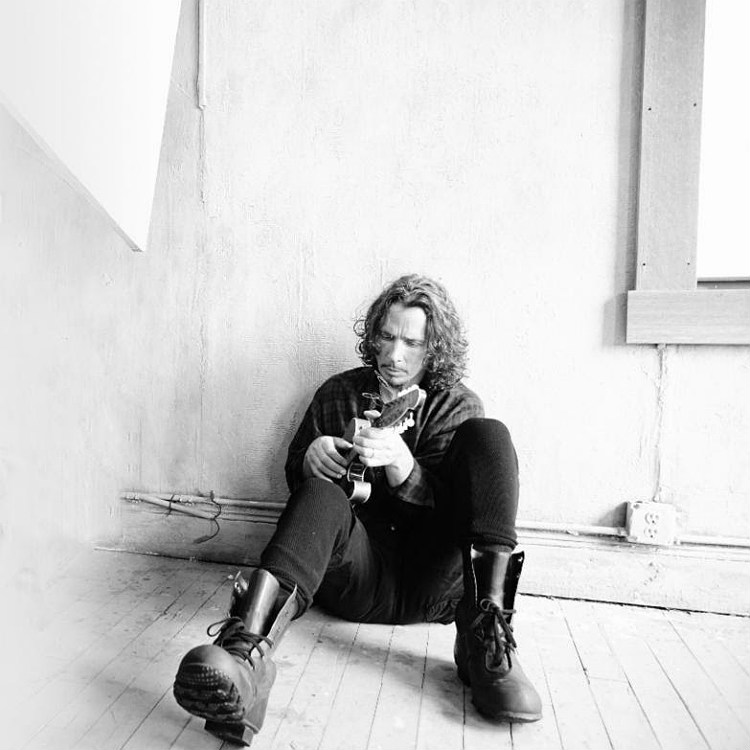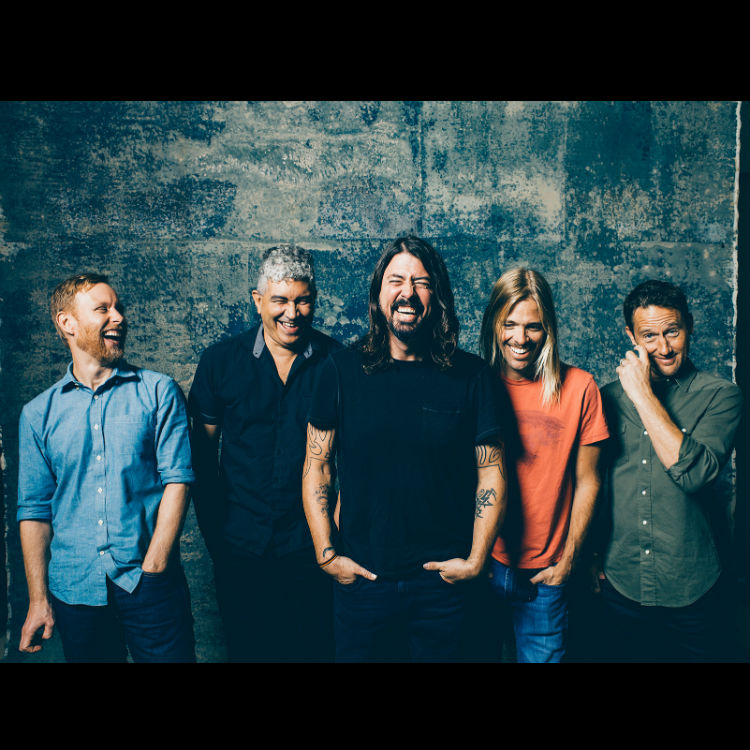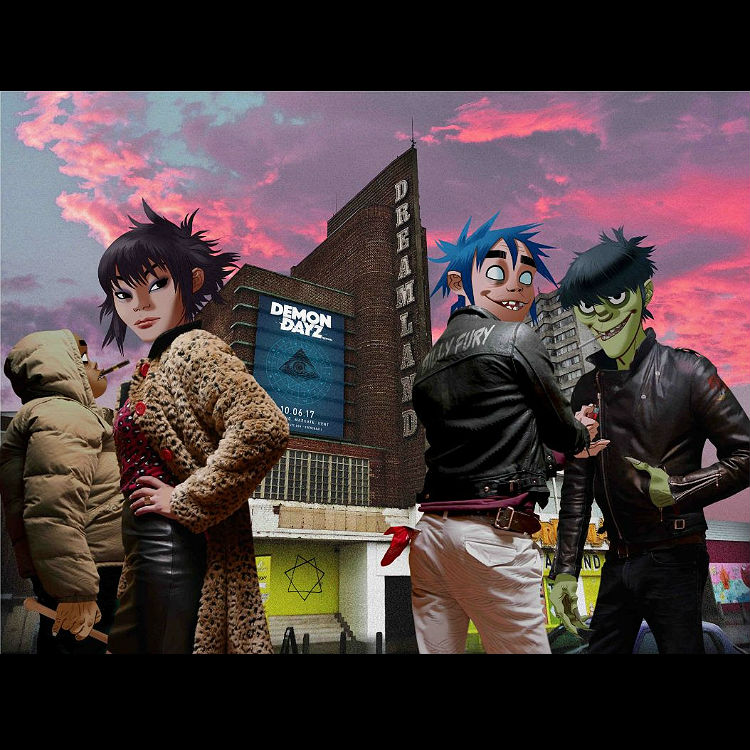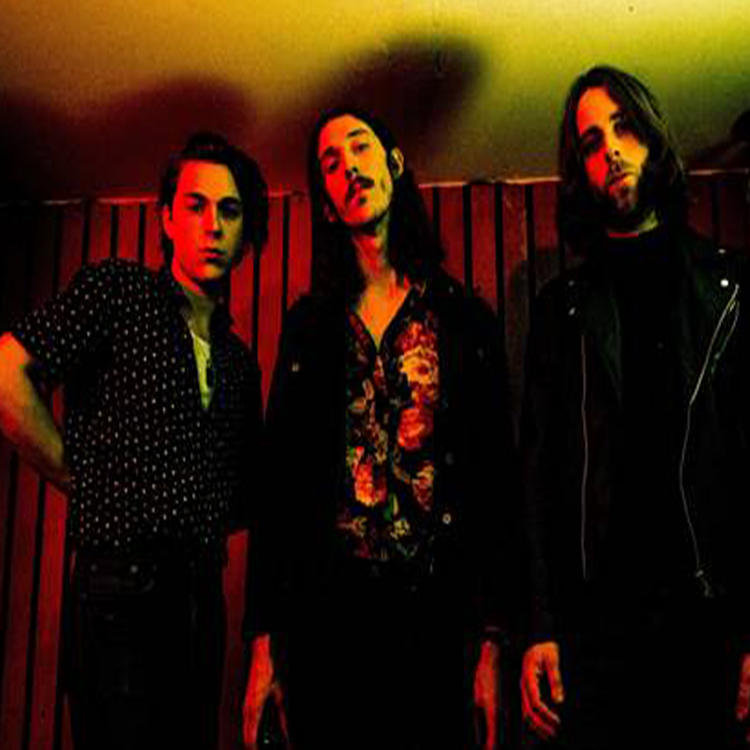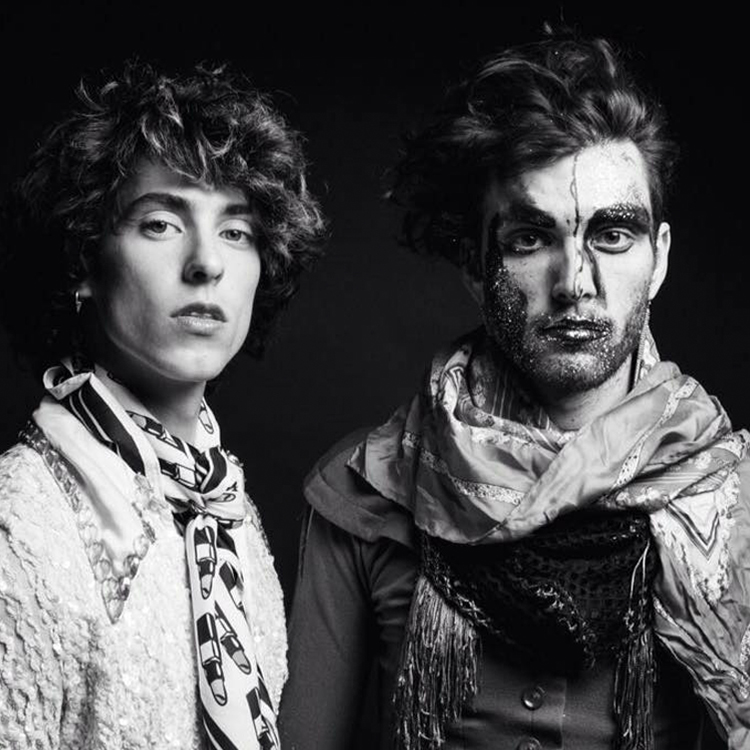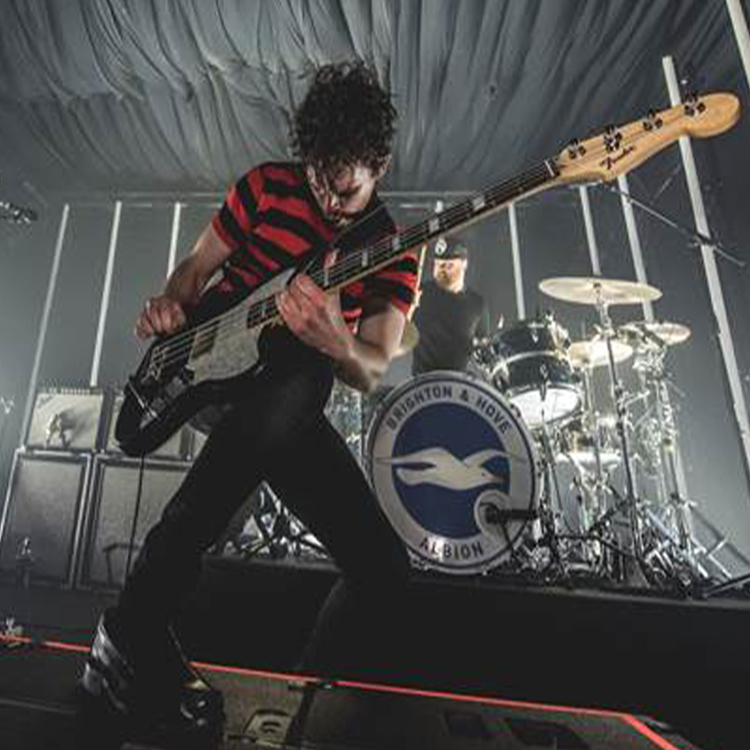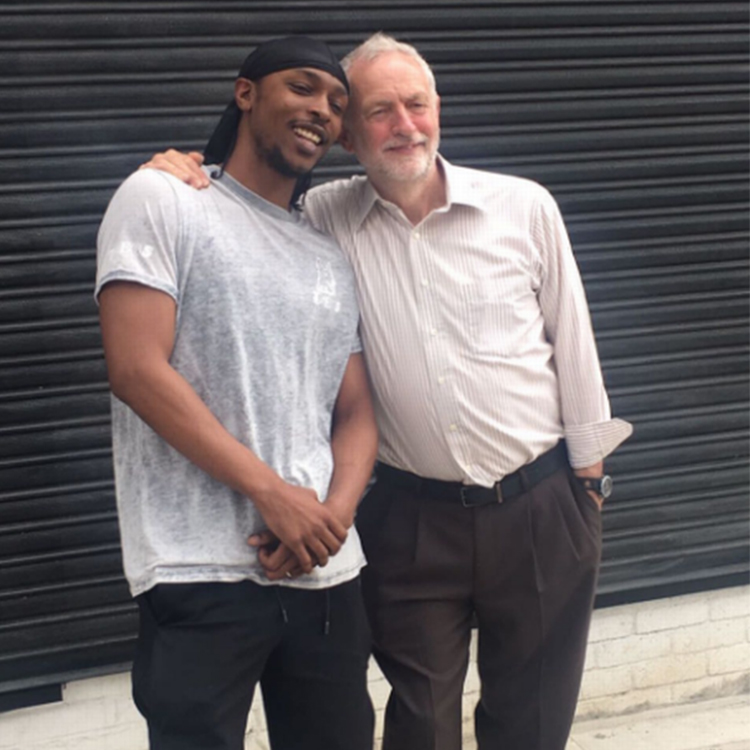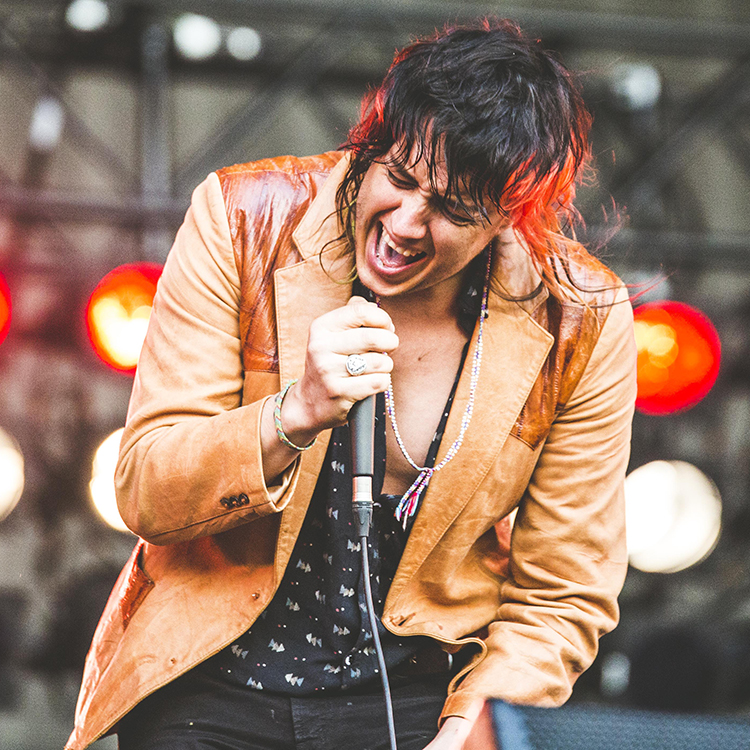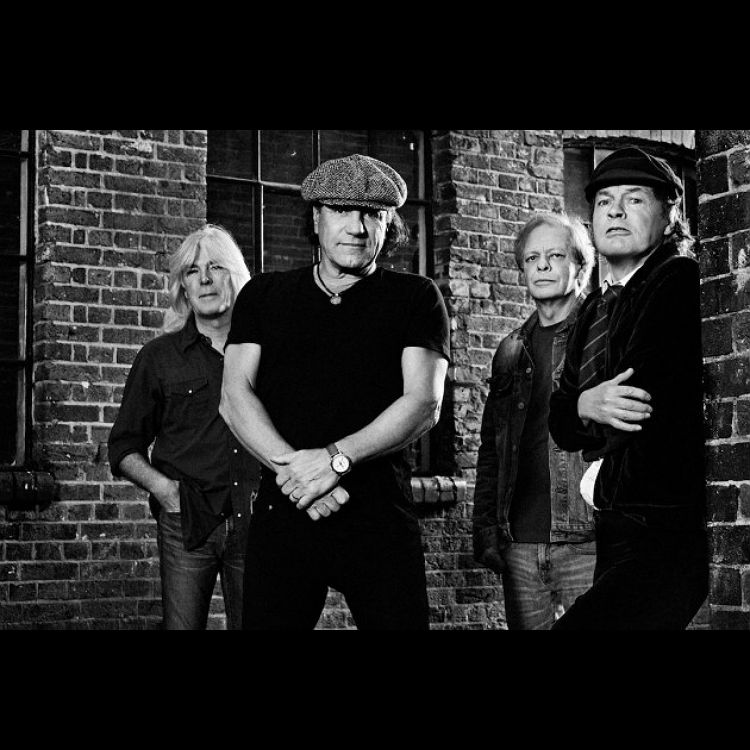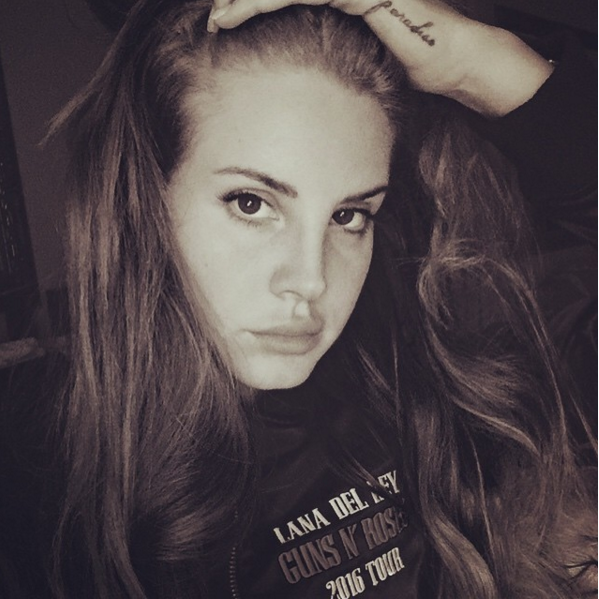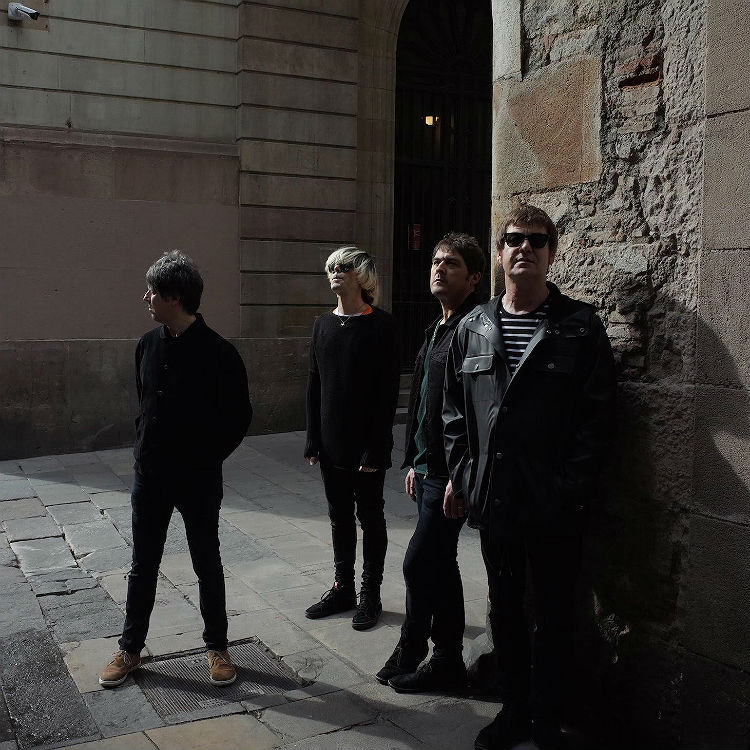C Duncan became a bit of a BBC 6 music favourite last year and even ended up on the Mercury Prize shortlist for his debut album Architect. The Glaswegian has since recorded his second album, The Midnight Sun, which is due out on 7 October via FatCat Records.
The conceptual starting point is a '60s American sci-fi thriller programme, The Twilight Zone, for its "strange stories, brooding atmosphere, and stylised aesthetic."
Like the first album it's been recorded and produced entirely by C Duncan in his bedroom, adding each instrument layer by layer resulting in an intricate , beautiful set. He has now leaped out of being solely solo and has band who he tours with. They will be headlining The Shepherds Bush Empire in London in February.
One thing that's been essential to C Duncan's development as a songwriter, and producer has been his at and as a nuanced relationship between the two, C Duncan has eloquently described exactly how the two compliment each other as well as pointing out other bands who use art to further their creativity such as Parquet Courts, and Grimes. Before going into those details he gives bit of background about his upbringing. So sit back, grab a glass of red and a wedge of stinky cheese and read the full feature below.
I was surrounded by my music and art as a kid. Coming from a family of musicians (both parents and my aunt are string players) it was inevitable that I would end up doing something similar. As you can imagine I was encouraged by my parents to play music and be creative at home, but they never pushed me too hard, which meant that I had time to be creative in my own way outside of their influence. It was a very happy and arty childhood - playing in bands, youth orchestras, choirs, painting and recording music - but it wasn’t until my final two years at school that I realised that I wanted to follow in my parents footsteps and study at the Royal Conservatoire of Scotland, where my parents first met 30 years earlier whilst studying. Although I had never resisted classical music, as a teen I was much more partial to heavy metal and Hip-Hop, but It was in these last years at school that I became very interested in classical music, particularly Impressionist and 20th Century classical. So much so that I decided to study Composition at the Royal Conservatoire of Scotland. Whilst there I wrote a lot of classical works for ensembles and chamber groups, but it was writing for the voice that inspired me the most. It is such a versatile and human instrument and so I started to record my own voice, adding layer upon layer until I had these vast choral harmonies, full of lush chords. It wasn’t long until I started adding instruments to these recordings, and that’s how C Duncan started. After graduating in 2011, I focused primarily on developing my own musical language and in 2013 FatCat records signed me to their label and I started work on my first album, Architect.
So, now that I have told you a little about my musical journey, I shall tell you about my artwork and how it all ties together with my music. I started drawing and painting when I was very young. Like music, it wasn’t until I was in my mid to late teens that I started to take painting seriously and develop my own tastes in art, outside of the usual still lifes and self portraits that you have to paint in high school art classes. I started to explore, of all things, Polish poster art from the 80s and 90s. With artists such as Wiktor Sadowski and Stasys Eidrigevičius creating wonderfully absurd and surreal, yet grimy images, it opened up a new world for me and what I could do with my own art.
'Mandola’ by Christopher Duncan 2007
This style of painting naturally led me towards the surrealist painters like René Magritte and Max Ernst, but it was the straight lines and prominent shadows of Giorgio de Chirico paintings that changed my artistic style and tastes. This need for uniformity and cleanliness in art became a very important aspect to me and I started to find the work of regionalist painter Grant Wood and pop artists Patrick Caulfield and Wayne Thiebaud more and more intriguing. From here I started to introduce this use of straight lines and repetition into my own work.
Whilst writing and recording Architect - which took over a year to complete - I started work on a set of paintings, these being aerial views of Glasgow. The album both musically and lyrically centres around the environment in which I live and is heavily inspired by the city I live in. This subconsciously filtered through into my artwork which started to centre more around the places in Glasgow that mean a lot to me. After completing a couple of paintings, I realised that there were a lot of similarities between the my music and artwork, the most obvious being the architectural tie between them. From then on I created a painting to accompany each song in mood, colour and the geographical location that inspired the track, as most of the songs on the album are, in some way, about different places in Glasgow.
The front cover of Architect is of Byres Road in the west end of Glasgow where my brother and his fiancé lived and I spent most of my time whilst recording the album.

‘Byres Road’ by Christopher Duncan 2013
Towards the end of last year, after touring the album non stop, I started work on my second album entitled The Midnight Sun, which will be released on the 7 October. Having finished the first album, and receiving attention not only as a musician but also as an artist, I decided to research other musicians who paint. Musicians who paint is nothing new of course but I wanted to see how others did it and how it reflected their music.
Joni Mitchell - the reason that I wanted to paint the artwork for my albums - was the first that sprang to mind. Her artwork is extremely personal (mostly self portraits) that tell a story and, like her music, take you on a journey through 1970s folksy America. There is an honesty to it that is enticing and warm. Then of course there is Tony Bennett. As a big fan of Regionalist art, his work reminds me of Edward Hopper. And much like his music, his paintings are suave and often of beautiful seaside towns in the south of France (reminiscent of Charles Rennie Mackintosh) or of sexy young people in boats. Exactly what you’d expect a crooner to paint. More recently there have been a couple of musicians that have caught my eye. Firstly, Grimes, who painted the covers for her first few albums. She’s a strange one because, although her artwork isn’t especially attractive, it is mysterious and has an almost outsider quality to it. Needless to say, so does her music.
And secondly, a complete surprise for me, Andrew Savage of Parquet Courts creates their artwork, which in hindsight makes total sense. His paintings are fuzzy and often comical which matches their style of music exactly.
The artwork for ‘The Midnight Sun’ is primarily of the stairwell outside my flat. I suppose it’s a more zoomed in and focused version of the artwork for Architect. As you have probably gathered by now, locations are the link between my music and art. It is very important to me to represent my music in a visual way so that the listener gets a broader idea of the environment in which I write and record. The artwork for the new album has adapted to suit the style of the record. The music is more electronic, stark in places and much more concise, which is reflected in the bold outlined, straight edged and almost clinical artwork.
 ‘The Midnight Sun’ by Christopher Duncan 2016
‘The Midnight Sun’ by Christopher Duncan 2016
Although both disciplines are intertwined in many ways, my approach towards each is quite different. I spend a lot of time researching and thinking about what I’m going to paint before I actually start painting. Then, when I’m painting, it’s quite a relaxing process as the brain work is done and I can switch off (apart from my eyes) and just enjoy the activity. Making music requires me to think a lot more throughout the whole process. I tend not to research or think about what I’m going to write until I actually start recording. This adds extra excitement to it as I don’t know what I’m going to end up with until the song is finished. I usually stick to a plan when painting and I know what to expect the finished piece to look like, whereas my music changes and is full of surprises. Having said that, my music and art do feed into each other a lot. I couldn’t have one without the other. I see my music as such a visual thing (music has the ability to conjure images) and my paintings reflects what I hear.

